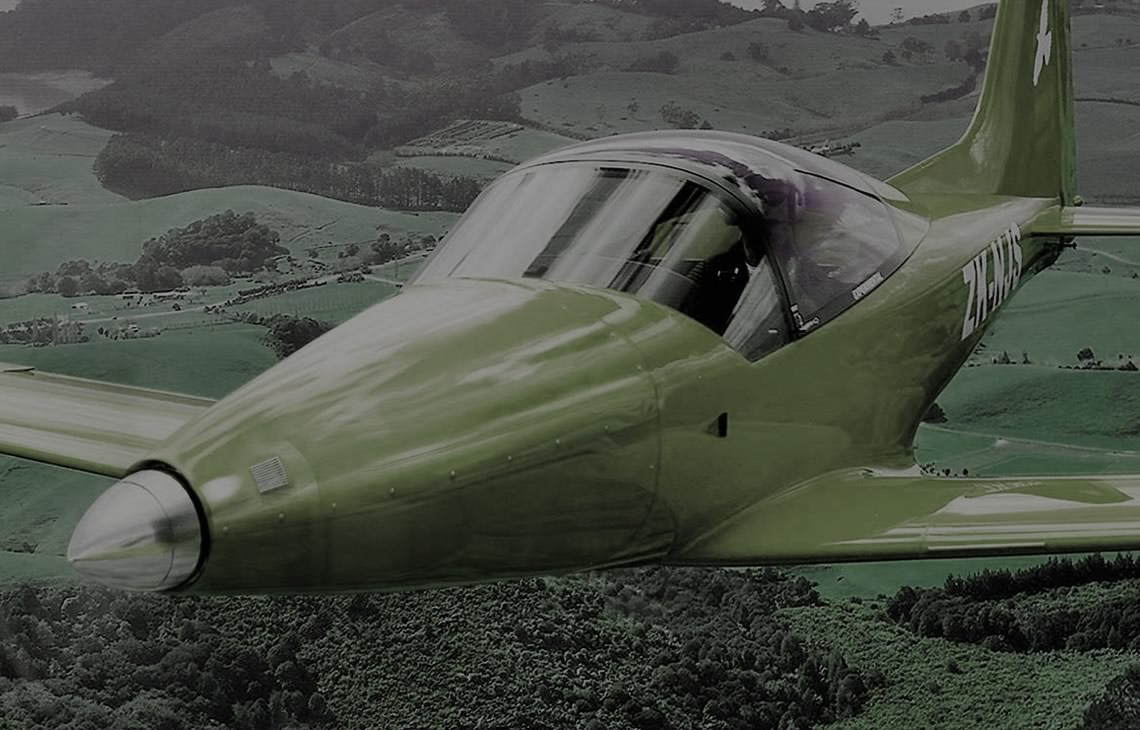Powered by two independent electric motors further substantial advantages are offered:-
- Twin engine status and improved safety
- Extreme simplicity, only two rotating components
- Almost instant “throttle” response
- No exhaust or pollution
- Virtually silent motor operation
- High energy efficiency (90- 95% to hydrocarbon’s 20-25%)
- No engine warming, cooling or spool up time
- Recharge using ground power, wind or solar sources
- No change in weight during flight (no trimming/fuel management) and substantial advantages to airframe design.
- No change in power output at sea level or high altitude
- No liquid fuel or lubrication system
- Offers aerobatic a/c unique manoeuvring capabilities
- Negligible vibration
The advantages of twin propeller contra rotating systems are well proven in military aircraft and for a
GA aircraft they offer:-
- The elimination of propeller torque forces at take-off and during power changes
- Greater acceleration and shorter take-off distance
- A 15 to 20 percent increase in propulsive efficiency and higher top speed
- Smaller propeller diameter and better ground clearance
- Reduced propeller noise, by anti-phasing the two propellers (dissimilar propeller rpm) a noise cancelling effect is produced
- Significant improvement in the effectiveness of control surface and reduced requirement for trimming devices
Commercially there are very significant advantages of using battery powered systems over similar power hydrocarbon driven equivalents.
- Lower operating costs, fuel cost per mile has been calculated at 25% that of hydrocarbon fuel
- Maintenance and lubrication costs over engine life are very much lower than piston engines, arguably as much as 90%. However, the present replacement cost of battery packs erodes this advantage but these cost are expected to fall rapidly year on year
Installation costs of an electric propulsion system in new aircraft are expected to be considerably lower than for a similar power piston system.


